Simply Chef concave Tawa, designed and manufactured in France is Convenient for everyday cooking. The resistant plus non stick coating is perfect for cooking roti, chapati, paratha and other similar dishes with ease. The concave shape helps in retaining the heat and puff up the chapatis. It also ensures quick and tasty cooking with minimal use of oil allowing you to stay healthy. Available in size of 28cm, Simply Chef Tawa is an environmentally friendly option as its body is completely recyclable as per specified government standards. Get the best non stick tawa for you by tefal and enhance your cooking experience with the best nonstick cookware set.
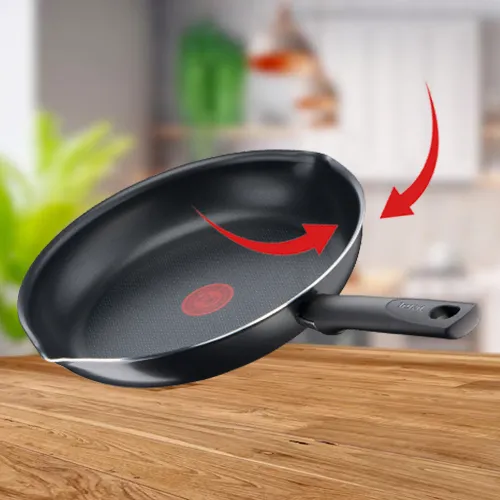
Simply Chef Concave Tawa comes with a 2-way coating that implies there is a thick coating both inside and outside of the tawa. This offers maximum resistance capability and makes... Simply Chef Concave Tawa comes with a 2-way coating that implies there is a thick coating both inside and outside of the tawa. This offers maximum resistance capability and makes it scratch-resistant while increasing its durability. +
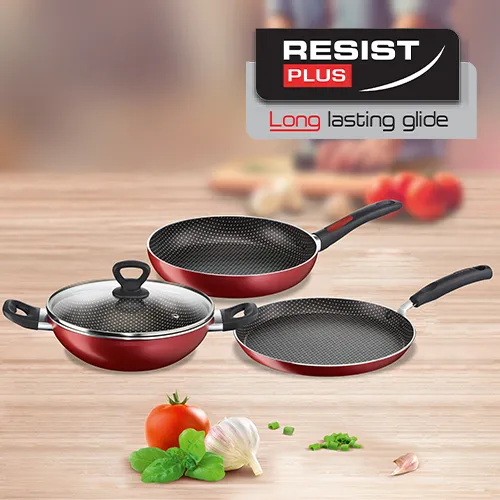
Simply Chef Concave Tawa comes with resist plus non-stick coating for long-lasting glides, enhancing durability and overall cooking experiences. The resist plus coating requires... Simply Chef Concave Tawa comes with resist plus non-stick coating for long-lasting glides, enhancing durability and overall cooking experiences. The resist plus coating requires less oil for cooking to promote healthy eating and preserve the nutrition of the food. +
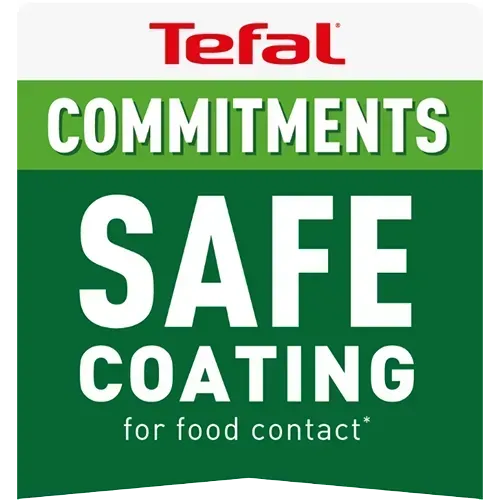
Tefal has chosen a PFAS called PTFE as one of the basic materials used in the formulation of its non-stick coatings, because PTFE has exceptional non-stick properties. Public hea... Tefal has chosen a PFAS called PTFE as one of the basic materials used in the formulation of its non-stick coatings, because PTFE has exceptional non-stick properties. Public health authorities in Europe and the United States have demonstrated that PTFE is an inert substance that has no effect on the human body when ingested. These same authorities have confirmed that PTFE coatings do not pose a health risk when used in cookware. Please go and read the explanations given on tefal website of your country and refer to the list of studies given in the end of the Q&A Our ceramic coatings, by their chemical nature, do not contain PFAS. +
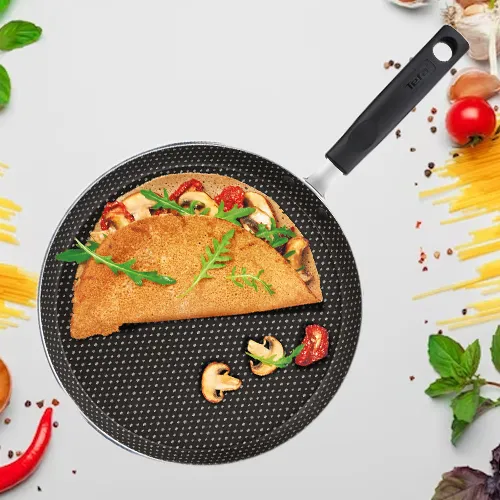
Designed specifically to promote comfort and ease of use, the non-slip silicone thumb grip on the Simply Chef Concave Tawa ensures better secure hold. With this innovative featur... Designed specifically to promote comfort and ease of use, the non-slip silicone thumb grip on the Simply Chef Concave Tawa ensures better secure hold. With this innovative feature, you can handle the Concave Tawa with ease. +
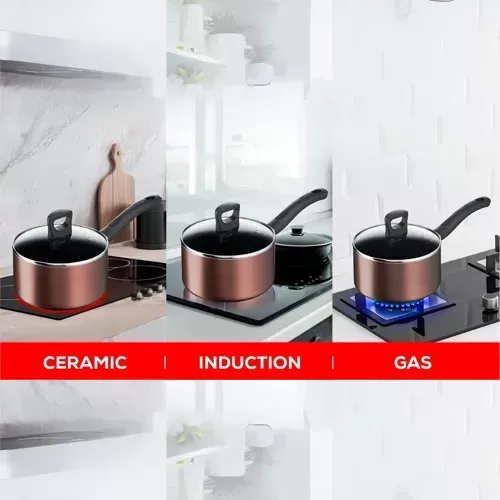
Designed thoughtfully, the Simply Chef Concave Tawa from Tefal is compatible with multiple cooktops including gas, ceramic, and electric hobs allowing you to cook in versatile wa... Designed thoughtfully, the Simply Chef Concave Tawa from Tefal is compatible with multiple cooktops including gas, ceramic, and electric hobs allowing you to cook in versatile ways. +

Tefal designed an eco-friendly pack to protect your product. Tefal designed an eco-friendly pack to protect your product.
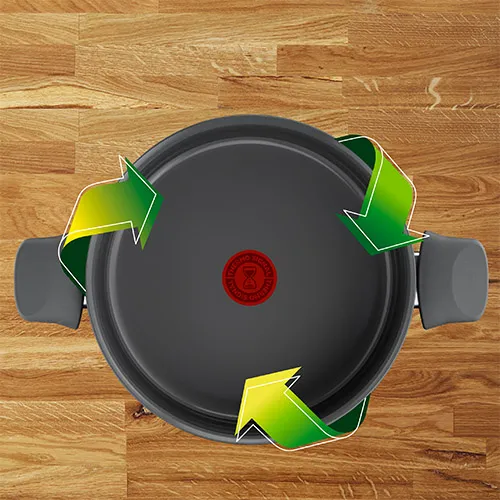
Shipped in a recycled and recyclable cardboard without any polystyrene, nor plastic bags. Shipped in a recycled and recyclable cardboard without any polystyrene, nor plastic bags.
After following the instructions in the user manual for starting the appliance, make sure that your electrical socket is working by plugging another appliance. If it still does not work, do not try to dismantle or repair the appliance yourself, instead, take it to an approved repair centre
Choose a board that is height-adjustable to adjust it to your height. It should be steady and robust so that you can place the ironing appliance on it..The board should be perforated to allow the steam to pass through the fibres of the fabric to soften it and make ironing easier. The ironing board cover should also be suitable to allow the flow of steam through.
There could be several reasons for this:.• You are not using the right type of water (Refer to the FAQ "What water should I use for ironing?")..• You have used a starch type product on your laundry (Always spray to the reverse side of the fabric to be ironed and clean your iron afterwards)..• Fibers from clothes have been trapped in the holes in the iron and have become carbonised..• The clothes have not been rinsed enough and there is detergent left on them or you have ironed a new item of clothing before washing it..• See the instructions for use to find out what type of water is appropriate and clean the soleplate from time to time with a damp sponge.
It is essential to select the right ironing temperature..Your iron has a built-in thermostat controlling the temperature very precisely over the entire surface of the soleplate. The thermostat dial contains international markers with dots corresponding to three ironing temperatures..Make sure that you use the right temperature for your clothes:.• Marker with 1 dot for synthetic fabrics..• Marker with 2 dots for wool and silk..• Marker with 3 dots for cotton and linen.
Firstly, fill the iron tank to MAX with water..Set the thermostat control to Max and the steam control on DRY and switch on..Place the iron on its heel and leave to heat up for around 5 minutes..Unplug the iron then hold your iron horizontally above the sink..Remove the anti-scale valve (or set the control to self-clean/autoclean depending on the model). Steam, water and scale deposits will leave the steam chamber through the steam holes and the iron will be clean..At the end of the operation, push the anti-calc valve back into position. When your iron is cold, you will also be able to use your vacuum to gently suction limescale and dirt that may have clogged the holes in the soleplate.